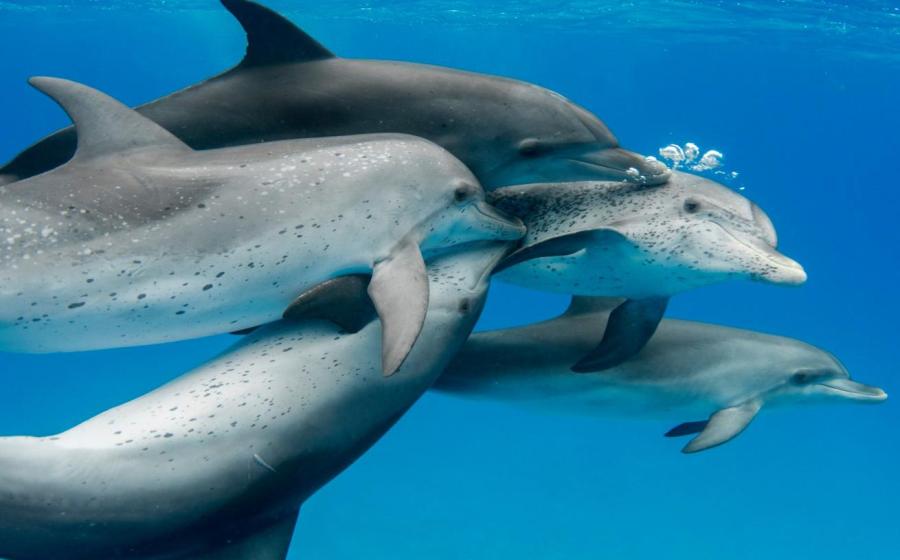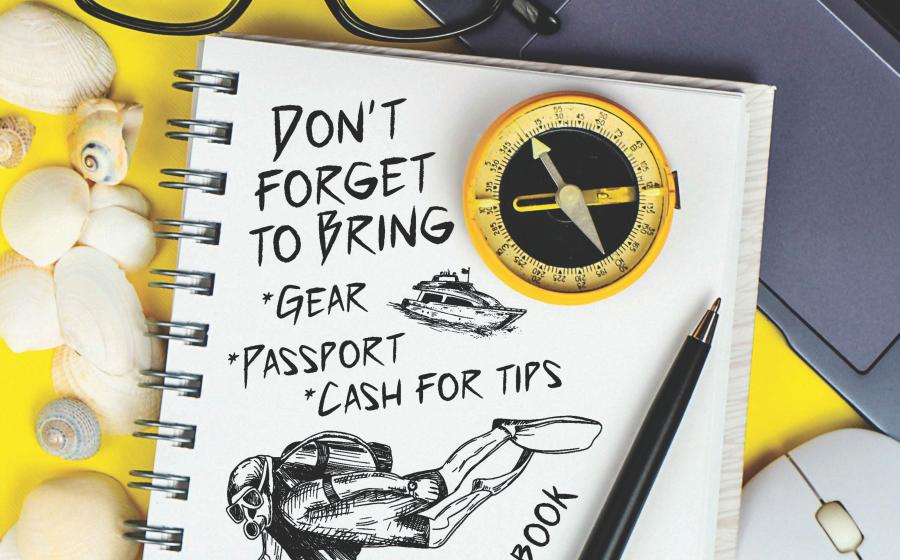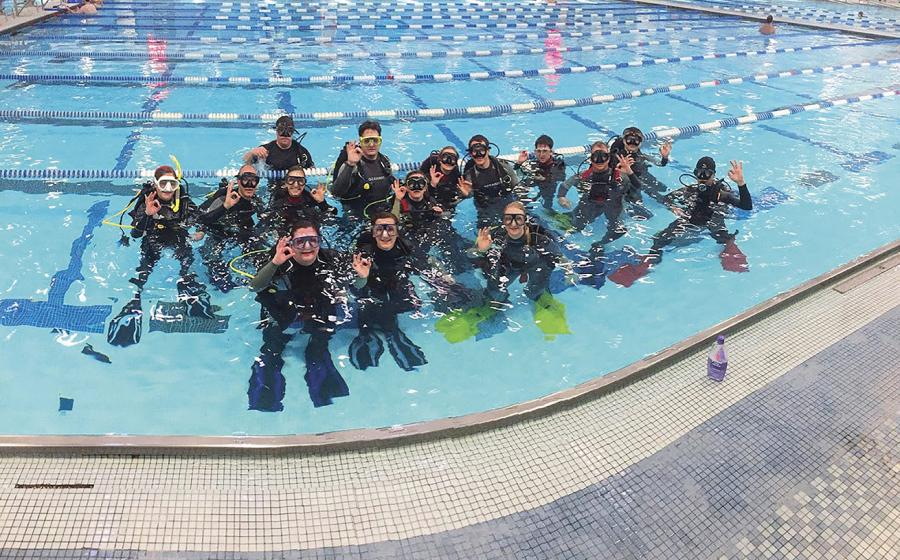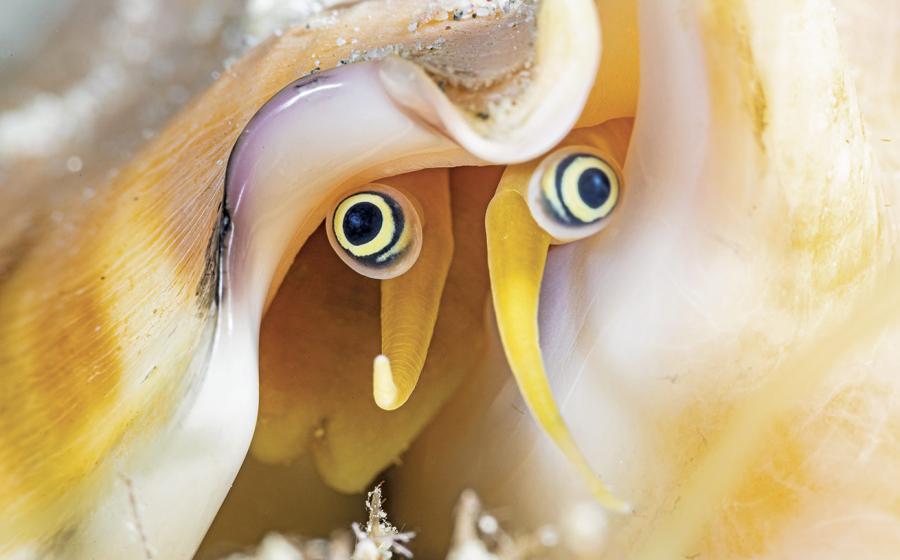Florida Keys Scuba Road Trip: Big Pine Key
Piners are just a bit different, in a good way!” a new friend in Marathon tells me, using the local nickname for people living on Big Pine Key. As we continue our road trip south for our next stop to dive and play in these sunny isles, I’m hoping for diving that’s a fun surprise too.
Driving over the Seven Mile Bridge is the most beautiful transition in the Florida Keys—a suspension of disbelief that water can really be this blue—and as we see the sign for Bahia Honda State Park alongside the road, we pull in to scout camping sites for a return visit. From van-life influencers and owners of blinged-out RVs to toss-out-a-tent campers, anyone can find a roost for the night at this waterfront park with one of the prettiest white-sand beaches in the Keys. Known for its nonfunctioning railway bridge that’s a popular place to scope a sunset, the park is consistently cited among the most scenic waterfront campgrounds in the U.S. On a hot day, it’s worth a stop to snorkel above the grassy flats just offshore.

Annie DarbyKey Lime Pie at No Name Pub.
Once you leave the park and cross more bright-blue water, you’ll officially arrive on Big Pine Key, where the National Key Deer Refuge is home to an endangered subspecies of white-tailed deer with big eyes and a shorter stature than its northern cousins. The only place Key deer exist is right here in the lower Florida Keys—and they’re easier to spot than you might think.
On our way to No Name Pub for what turns out to be a mean pizza and the best Key lime pie of my life, we spot two of the diminutive deer along the side of the road. Particularly at sunrise and sunset, they’re everywhere—peeking out from their pine rocklands habitats or checking out the scene on a human neighbor’s front porch.
For divers, the big lure near Big Pine Key is the chance to head out on Looe Key Reef, part of the Florida Keys National Marine Sanctuary and a sanctuary preservation area of its own. “It’s a sanctuary within a sanctuary, which makes it extra special to dive,” says PADI instructor Stefanie Corol, dive shop manager at Looe Key Reef Resort on Ramrod Key.

Lureen FerrettiA prize sighting at Looe Key.
Dives within the reef’s no touch/no take/no fishing zone take place at any of 30 mooring balls across it; you’ll see massive parrotfish and pufferfish among the more typical schooling reef fish, as well as eagle rays, sea turtles and even blacktip sharks if you’re lucky, says Corol. “When we see sharks it’s nice; it means it’s a healthy ecosystem.”
The legendary wreck in these parts is the Adolphus Busch Sr., a 210-foot-long cargo freighter purpose-sunk in 1998 as an artificial reef that’s fully intact and teeming with life. The wheelhouse has a fun swim-through where resident moray eels lurk. Silversides school on the wreck during the summer months, when you’ll also spot massive goliath grouper gathering in the depths to mate. Divers with experience can also lightly penetrate the cargo holds of the ship, which drop to about 110 feet.

Annie DarbyScuba Diving photographer David Benz strikes it rich at No Name Pub.
MUST STAY: Looe Key Reef Resort has rooms fronting a canal frequented by manatees and is a few strides from the dive boats.
MUST EAT: At No Name Pub, the walls are stapled with thousands of fluttering one-dollar bills. Come for the million-dollar Key lime pie and something frosty to drink after you dive.
MUST DIVE, WRECK: The Adolphus Busch Sr. sits in 110 feet of water and attracts schooling barracuda and other pelagics.
MUST DIVE, REEF: Looe Key Reef doesn’t have a bad dive site on it and is considered one of the fishiest reefs in the Keys.
Explore all stops on the Ultimate Scuba Road Trip through the Florida Keys:
Key Largo | Islamorada | Marathon | Key West









